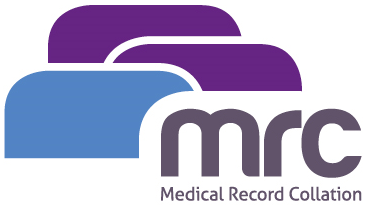If films and TV were anything to go by then unconsciousness is pretty much an on/off state. James Bond bonks you on the head, off go the lights. Bang your head on a low ceiling, off go the lights. Now this is all very well for drama and I’m certainly not one of these people who sit through films pointing out every single slight deviation from reality (what is their problem?) but in real life consciousness is a wee bit more complicated than a light switch. The mind can exist in a wide neurological space between fully alert and comatose, anyone with teenagers can tell you that for sure. As such it becomes necessary to have a scale with which the wakefulness of a patient can be reliably and repeatedly measured against.
Enter the Glasgow Coma Scale. No prizes for guessing where it was developed. The GCS measures wakefulness along three axes; ocular, verbal and motor. Each of these has a series of criteria that correspond to a score out of 4, 5, and 6 respectively. This means that the lowest score possible would be 3, indicating a deep coma, whilst the highest would be 15, indicating a fully awake and alert person. These criteria correspond to the degree with which the patient is perceived to be aware of their surroundings in response to some kind of stimulus. So if you were to apply a trapezius squeeze or sternal rub (both extremely painful, try it on a colleague!) and they made no sound (verbal), didn’t open or even flutter their eyes (ocular) and, made no kind of motor response like jerking an arm then they would be given a score of three. The scale then moves up from there; perhaps they groan a little or twitch, indicating that the brain is still able to respond (however minutely) to some external stimulus.
| THE GLASGOW COMA SCALE | ||
| Best motor response (M) | 6
5 4 3 2 1 |
Obeying commands
Movement localised to stimulus Withdraws from pain Abnormal muscle bending and flexing (decorticate) Involuntary muscle straightening and extending (decerebrate) None |
| Best verbal response (V) | 5
4 3 2 1 |
Orientated to time, place and person
Confused conversation Inappropriate words Incomprehensible sounds None |
| Eye opening response (E) | 4
3 2 1 |
Spontaneous
To speech To pain None |
| Best possible score
Worst possible score |
15
3 |
Normal consciousness
Severe coma |
When looking through your client’s medical records it may help you to know (if you don’t already!) that this is an example of a ‘Neurological Observation Chart’, also referred to as a ‘Neuro Chart’. The appearance and style of these may vary depending on the NHS Trust, but essentially they are the same and should be the place where the nurse records their patients observations in order to accurately assess their neurological status.

The aims in developing the scale were that it should be widely acceptable and should complement, not replace assessments of other neurological functions. The use of Scale was promoted in 1980 when it was recommended for all types of injured person. It then went on to progressively occupy a central role in clinical guidelines and an integral component of scoring systems for victims of trauma or critical illness, this remains the case today.
